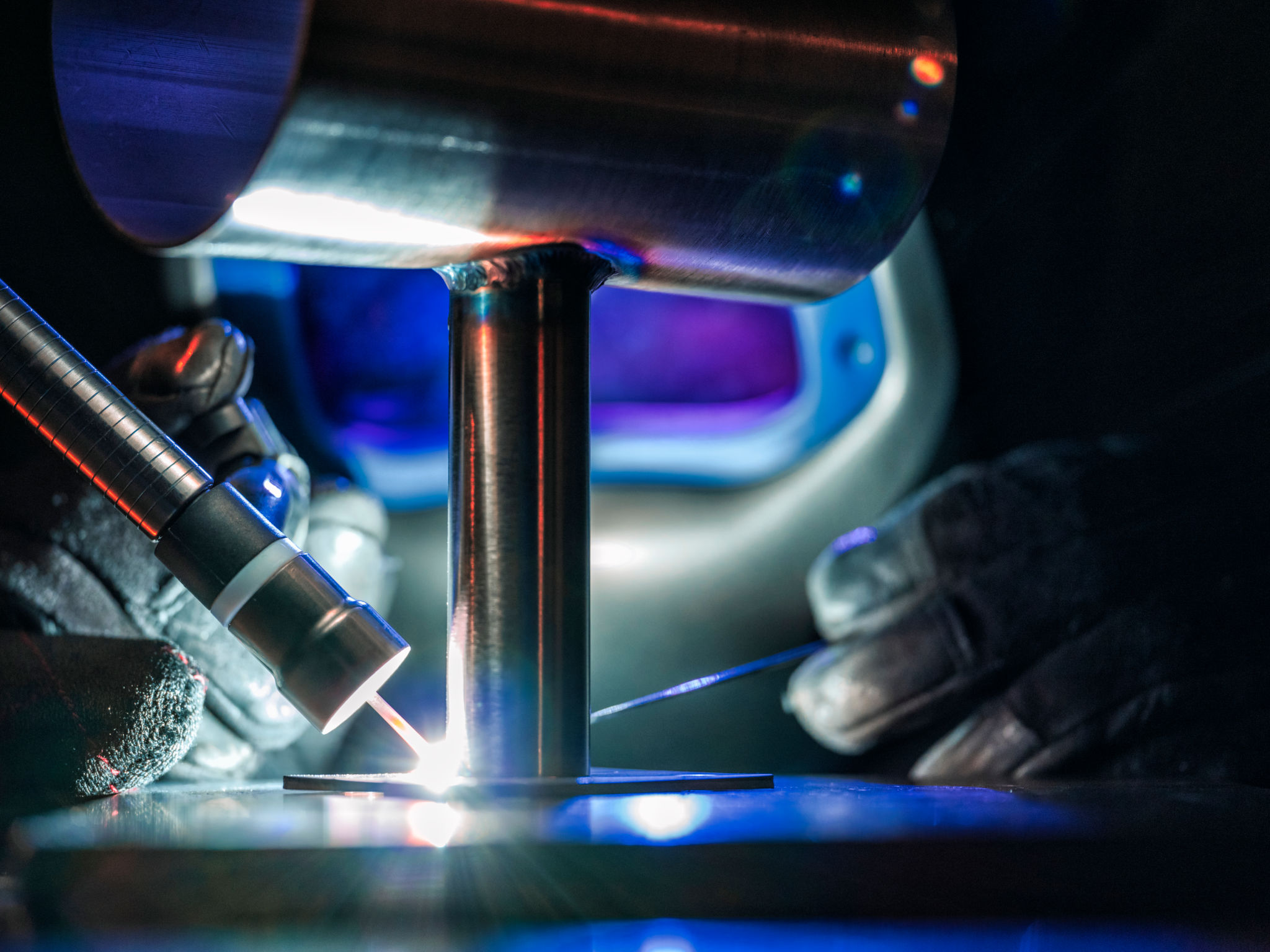Mig and Tig Welding Services: Common Misconceptions and Facts
Understanding Mig and Tig Welding
Mig (Metal Inert Gas) and Tig (Tungsten Inert Gas) welding are two popular methods used in the welding industry. Both techniques have unique advantages and applications, often leading to misconceptions about their use and effectiveness. This post aims to clarify these misunderstandings and provide accurate information about Mig and Tig welding services.

Mig Welding: Quick and Efficient
One common misconception about Mig welding is that it is only suitable for thin materials. While Mig welding is indeed known for its speed and efficiency in joining thin metals, it is also highly effective for thicker materials. This versatility makes it a preferred choice for various industries, including automotive and manufacturing.
Another myth is that Mig welding does not produce strong welds. In reality, when done correctly, Mig welding creates robust and durable joints. The strength of the weld largely depends on the skill of the welder and the quality of the equipment used.
Tig Welding: Precision and Control
Tig welding is often viewed as a slow process compared to Mig welding. However, what Tig welding lacks in speed, it makes up for in precision and control. This method is ideal for projects requiring high-quality finishes, such as aerospace components or artistic metalwork.

Some believe that Tig welding can only be used on thin metals. This is not true; Tig welding is versatile and can be applied to both thin and thick materials, including aluminum, stainless steel, and more. The technique allows for precise control over heat input, making it suitable for delicate tasks.
Common Misconceptions about Welding Costs
A prevalent misconception is that Tig welding is always more expensive than Mig welding. While Tig welding may require a higher initial investment due to specialized equipment and skilled labor, it often results in less rework and higher quality outcomes. This can save money in the long run.
Additionally, some think that the cost of welding services depends solely on the method used. In truth, factors such as project complexity, material type, and location also play significant roles in determining the overall cost.

Choosing the Right Welding Service
When selecting a welding service, it's crucial to consider the specific needs of your project. Both Mig and Tig welding have their unique benefits, and the choice between them should be based on factors such as material type, project scale, and desired finish.
Consulting with experienced welders can provide valuable insights into which method best suits your requirements. Skilled professionals can guide you through the decision-making process, ensuring that you achieve optimal results for your project.
The Importance of Skilled Welders
Regardless of the method chosen, the expertise of the welder is paramount. Skilled welders possess the knowledge to adjust techniques according to the material and project specifications, ensuring high-quality outcomes.
Investing in professional welding services can make a significant difference in the durability and appearance of the final product. Experienced welders are adept at overcoming challenges and delivering top-notch results.
In conclusion, understanding the facts about Mig and Tig welding services can help dispel common myths and misconceptions. By choosing the right method and skilled professionals, you can ensure successful project completion and superior quality welds.
